Importance Of Gas Flame Colors
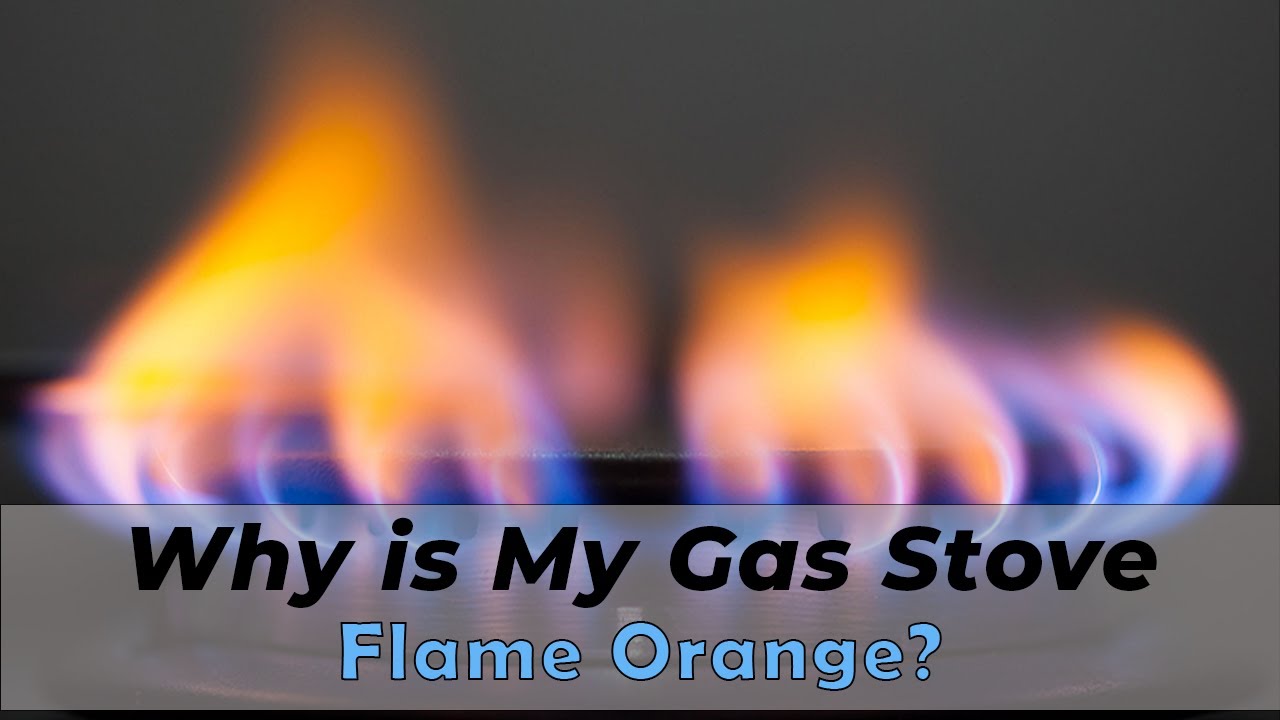
Understanding the color of a gas flame is crucial for ensuring the safe and efficient operation of a gas stove. Gas flame colors can indicate the proper functioning of the appliance. A blue flame with a small, steady yellow tip is the preferred color as it signifies a perfect balance between the fuel and air mixture. However, an orange flame can indicate a problem, such as incomplete combustion or a blockage in the burner ports. Recognizing these colors allows homeowners to take appropriate measures to address any potential safety concerns and maintain the optimal performance of their gas stoves.
Explanation Of Gas Flame Colors
Gas flame colors can vary depending on the balance of fuel and air mixture during combustion. The ideal flame color for a gas stove is blue with a small, steady yellow tip. This blue color indicates complete combustion and an efficient fuel-air ratio. On the other hand, an orange flame can indicate a problem, such as incomplete combustion or a blockage in the burner ports. Recognizing these colors is important for ensuring the safe and efficient operation of a gas stove. Regular maintenance and adjustments can help maintain the proper flame color and prevent potential safety issues.
Significance Of Orange Flame On Gas Stove
The presence of an orange flame on a gas stove is significant as it indicates a potential problem with the combustion process. An orange flame usually signifies incomplete combustion, which can result from a variety of issues such as dirt or debris in the burners, improper air-to-gas ratio, or a blockage in the gas ports. This can lead to decreased efficiency, increased energy consumption, and even safety hazards such as the release of carbon monoxide. Recognizing the significance of an orange flame will prompt homeowners to address the issue promptly and seek professional assistance if needed.
Factors Affecting Gas Flame Colors
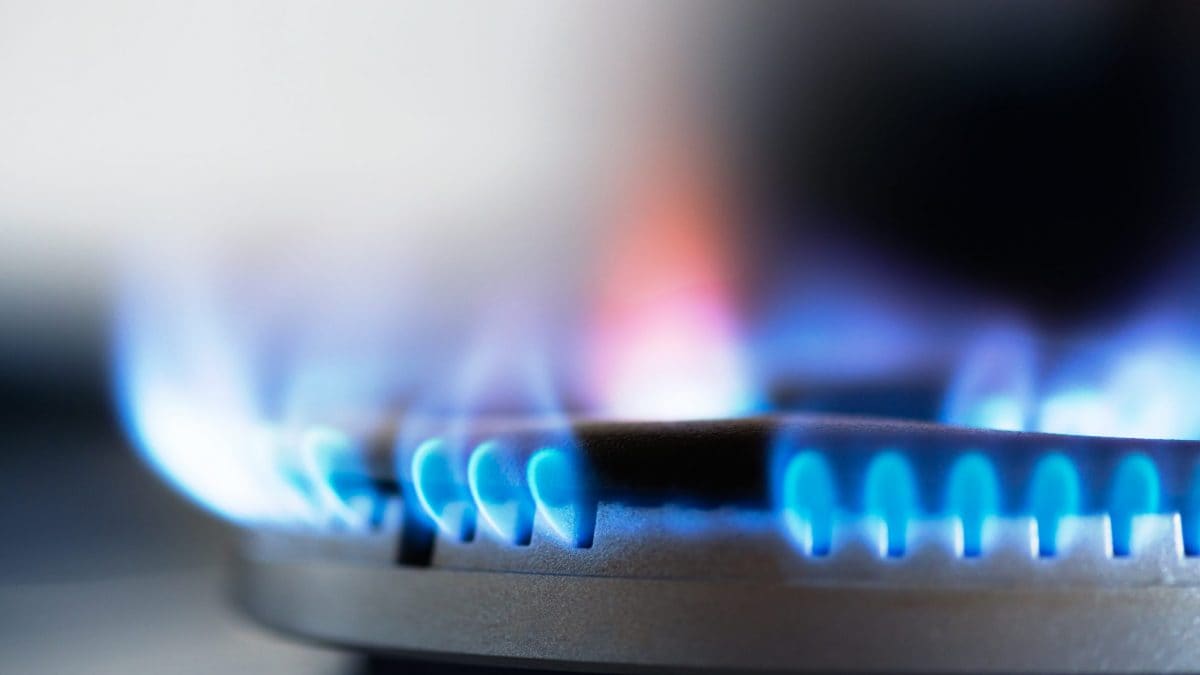
Several factors can affect the color of a gas flame. The primary factor is the presence of impurities in the gas supply, such as dirt or debris. These impurities can cause incomplete combustion, resulting in a yellow or orange flame. The air-to-gas ratio is another important factor. If there is not enough air supplied to the burner, the flame may appear yellow. On the other hand, if there is too much air, the flame may appear blue and flickering. Proper maintenance and regular cleaning of the burners can help ensure a clean and efficient flame.
Influencing Factors On Gas Flame Color
Several factors can influence the color of a gas flame. One of the main factors is the presence of impurities in the gas supply, such as dirt or debris, which can cause incomplete combustion and result in a yellow or orange flame. Additionally, the air-to-gas ratio plays a crucial role. Insufficient air supply can lead to a yellow flame, while excessive air can cause a blue and flickering flame. Regular maintenance and cleaning of the burners are essential in ensuring a clean and efficient flame. Proper adjustment of the air-to-gas ratio can also help achieve the desired flame color.
Understanding The Role Of Gas Pressure In Flame Color
The gas pressure in a gas stove plays a crucial role in determining the color of the flame. When the gas pressure is too high, it can lead to an excessive amount of fuel being released, causing a yellow or orange flame. On the other hand, if the gas pressure is too low, there may not be enough fuel for complete combustion, resulting in a blue and flickering flame. It is essential to ensure that the gas pressure is properly regulated to achieve a clean and efficient blue flame. Regular maintenance and inspection of the gas pressure regulator are necessary to ensure safe and optimal performance of the gas stove.
Safety Concerns With Orange Flame
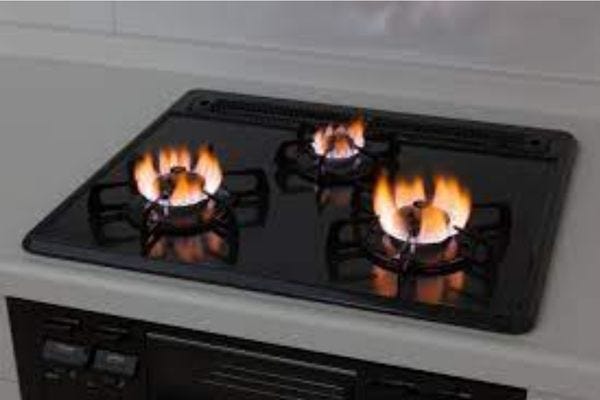
The presence of an orange flame on a gas stove can pose safety concerns. An orange flame indicates an improper air-to-gas ratio, resulting in incomplete combustion. This can lead to the release of carbon monoxide, a dangerous gas that is odorless and potentially lethal. In addition, an orange flame can produce soot and carbon buildup, which can damage the stove and increase the risk of fire hazards. It is crucial to address an orange flame promptly to ensure the safety of both the household members and the appliance. Regular maintenance and proper adjustment of the gas flame are essential in preventing safety hazards.
Safety Hazards Associated With Orange Flame
An orange flame on a gas stove can pose significant safety hazards. The incomplete combustion associated with an orange flame can lead to the release of carbon monoxide, a dangerous gas that is odorless and potentially lethal. This can put the household members at risk of carbon monoxide poisoning. In addition, the orange flame can produce soot and carbon buildup, which can damage the stove and increase the risk of fire hazards. Promptly addressing an orange flame is crucial to ensure the safety of both the household members and the appliance. Regular maintenance and proper adjustment of the gas flame are essential in preventing these safety hazards.
Tips To Address Orange Flame On Gas Stove
When encountering an orange flame on a gas stove, there are a few steps you can take to address the issue:
- Check the gas supply: Ensure that the gas supply is sufficient and not experiencing any blockages or leaks.
- Clean the burners: Remove any debris or residue from the burner surfaces to promote proper gas flow and combustion.
- Adjust the air shutter: The air shutter controls the ratio of gas to air. Adjust it to allow for more air if the flame appears orange.
- Call a professional: If the issue persists or if you’re unsure about making adjustments yourself, it’s best to seek assistance from a qualified technician to ensure the safety and proper functioning of your gas stove.
Adjusting Gas Flame On Stove

To achieve the proper gas flame color on a stove, it may be necessary to make adjustments. One method is to adjust the air shutter, which controls the ratio of gas to air. By increasing or decreasing the amount of air, the flame can be adjusted to a desirable blue color. Another technique is to clean the burner ports regularly to ensure proper air flow. If these adjustments do not yield the desired results, it is advisable to seek professional assistance to ensure the safe and optimal functioning of the gas stove.
Methods To Adjust Gas Flame Color
To adjust the gas flame color on a stove, several methods can be employed. One effective technique is to adjust the air shutter, which controls the ratio of gas to air. By increasing or decreasing the amount of air, the flame color can be adjusted to a desirable blue hue. Regularly cleaning the burner ports is also essential to ensure proper airflow and prevent clogging. If these adjustments do not yield the desired result, seeking professional assistance is recommended to ensure safe and optimal functioning of the gas stove.
Techniques To Achieve Proper Gas Flame On Stove
One of the techniques to achieve a proper gas flame on a stove is to adjust the air shutter. By increasing or decreasing the amount of air entering the burner ports, the ratio of gas to air can be balanced, resulting in a desirable blue flame. Cleaning the burner ports regularly is also essential to ensure proper airflow and prevent clogging. Additionally, ensuring that the burner is properly aligned and positioned can help achieve an optimal and efficient gas flame. By following these techniques, users can enjoy a safe and efficient cooking experience on their gas stoves.
Professional Assistance
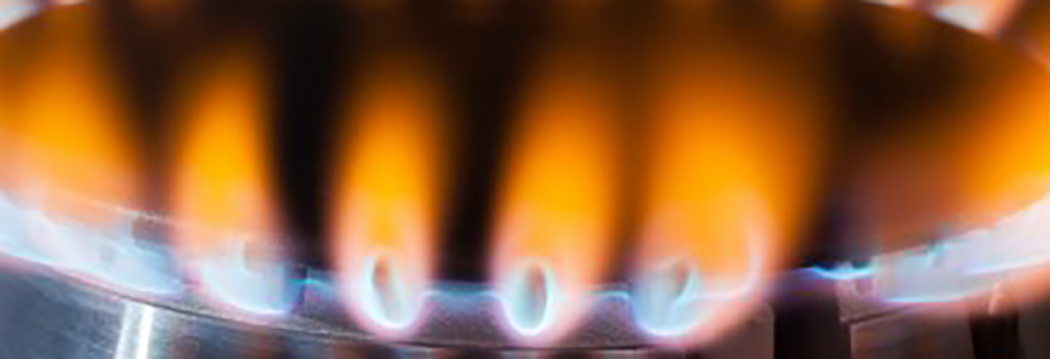
When dealing with issues related to the gas flame on your stove, it is crucial to know when to seek professional help. If adjusting the air shutter and cleaning the burner ports does not resolve the issue, it may be necessary to contact a professional appliance repair technician. They have the expertise and tools to accurately diagnose and fix any underlying problems with the gas stove. Regular maintenance by a professional is also essential to ensure the safe and efficient operation of your gas appliances. Remember, it is always better to rely on expert assistance when dealing with gas-related concerns.
When To Seek Professional Help For Gas Flame Issues
If adjusting the air shutter and cleaning the burner ports does not resolve the issue, it is important to seek professional help for gas flame issues. A qualified appliance repair technician should be contacted when the flame continues to burn yellow or orange, as this could indicate a more serious problem with incomplete combustion and potential carbon monoxide production. It is necessary to rely on their expertise and tools to accurately diagnose and fix any underlying problems. Regular maintenance by a professional is also crucial to ensure the safe and efficient operation of gas appliances. Remember to prioritize expert assistance when dealing with gas-related concerns.
Importance Of Regular Gas Appliance Maintenance
Regular gas appliance maintenance is of utmost importance to ensure the safe and efficient operation of your gas stove. By regularly servicing and inspecting your gas appliances, potential issues can be identified and addressed before they become major problems. This helps to prevent breakdowns and prolong the lifespan of your appliances. Additionally, regular maintenance can ensure that your gas appliances are operating at optimal performance, minimizing energy waste and saving on utility costs. Trusting a professional technician to conduct regular maintenance ensures that any potential safety concerns are addressed and resolved promptly.
Conclusion
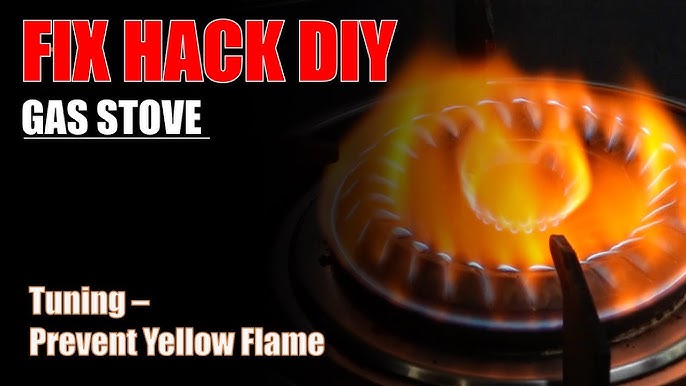
In conclusion, understanding the color of your gas stove flame is crucial for ensuring safety and optimal performance. The orange flame on a gas stove is typically caused by a mix of hydrogen and methane gases. While this is normal, it’s important to be aware of any safety hazards associated with an orange flame, such as carbon monoxide production. Regular maintenance and inspection of gas appliances are essential in preventing breakdowns and addressing potential issues. If you notice any abnormalities or concerns with your gas stove flame, it’s recommended to seek professional assistance to ensure proper operation and peace of mind.
Summary Of Gas Flame Colors And Safety Measures
Understanding the different colors of gas flames is crucial for ensuring safety and optimal performance of gas appliances. A healthy, properly burning flame should be blue in color, indicating efficient and complete fuel combustion. An orange or yellow flame can indicate improper combustion, which can pose safety hazards such as carbon monoxide production. It is important to have gas appliances regularly inspected and maintained by professionals to address any issues with the flame color. By taking these safety measures, individuals can enjoy the benefits of a safe and efficient gas stove flame.
Common Myths About Gas Stove Flames
There are several common myths surrounding gas stove flames that need to be debunked. One such myth is that a blue flame means the stove is clean and efficient, while an orange flame means it is dirty or malfunctioning. In reality, the color of the flame is influenced by factors such as air-to-gas ratio and impurities in the gas supply. Another myth is that adjusting the gas pressure will fix an orange flame. While gas pressure can affect flame color, it is not the sole determining factor. It is important to rely on professional guidance and maintenance to address any issues with the gas stove flame.
FAQ About Gas Stove Orange Flame: Understanding Gas Flame Colors
Q: What causes an orange flame on a gas stove?
A: An orange flame on a gas stove can be caused by incomplete combustion due to a lack of oxygen or a blocked burner.
Q: Is it safe to have an orange flame on a gas stove?
A: No, an orange flame indicates an issue with the gas stove that needs to be addressed as it can lead to carbon monoxide production and other safety hazards.
Q: How can I fix an orange flame on my gas stove?
A: To fix an orange flame, ensure the burner is clean, adjust the air shutter, check for gas leaks, or seek professional help if the issue persists.
Q: What color should a healthy gas flame be?
A: A healthy gas flame should be blue in color, indicating efficient combustion and proper gas-air mixture.
Q: Why is a blue flame preferred over an orange flame on a gas stove?
A: A blue flame is preferred as it signifies proper combustion, efficient energy use, and reduced production of harmful byproducts compared to an orange flame.
Q: Are there any risks associated with orange flames on gas stoves?
A: Yes, risks associated with orange flames include carbon monoxide poisoning, soot buildup, inefficient burning of gas, and potential fire hazards.
Q: Can environmental factors affect the color of a gas flame on a stove?
A: Yes, environmental factors like altitude, air pressure, gas pressure, and humidity can affect the color of a gas flame on a stove, but an orange flame still needs attention.
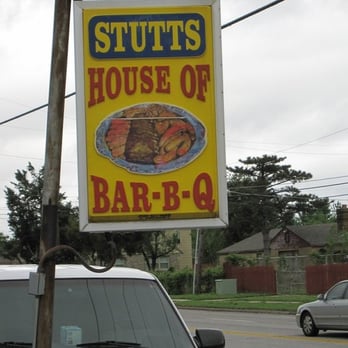
Stutts House of Barbecue is a haven for BBQ enthusiasts, offering a delectable array of smoked delicacies, including ribs, beef, bologna, and chicken, accompanied by all the trimmings you could ever dream of. Our passion for perfecting the art of smoking meats shines through in every savoury bite. At Stutts House of Barbecue, we take pride in our custom smoking techniques, ensuring that each piece of meat is infused with the perfect blend of smoky flavours. But it doesn’t stop there – our homemade desserts are the cherry on top of a delicious meal, adding a sweet finish to your BBQ experience.